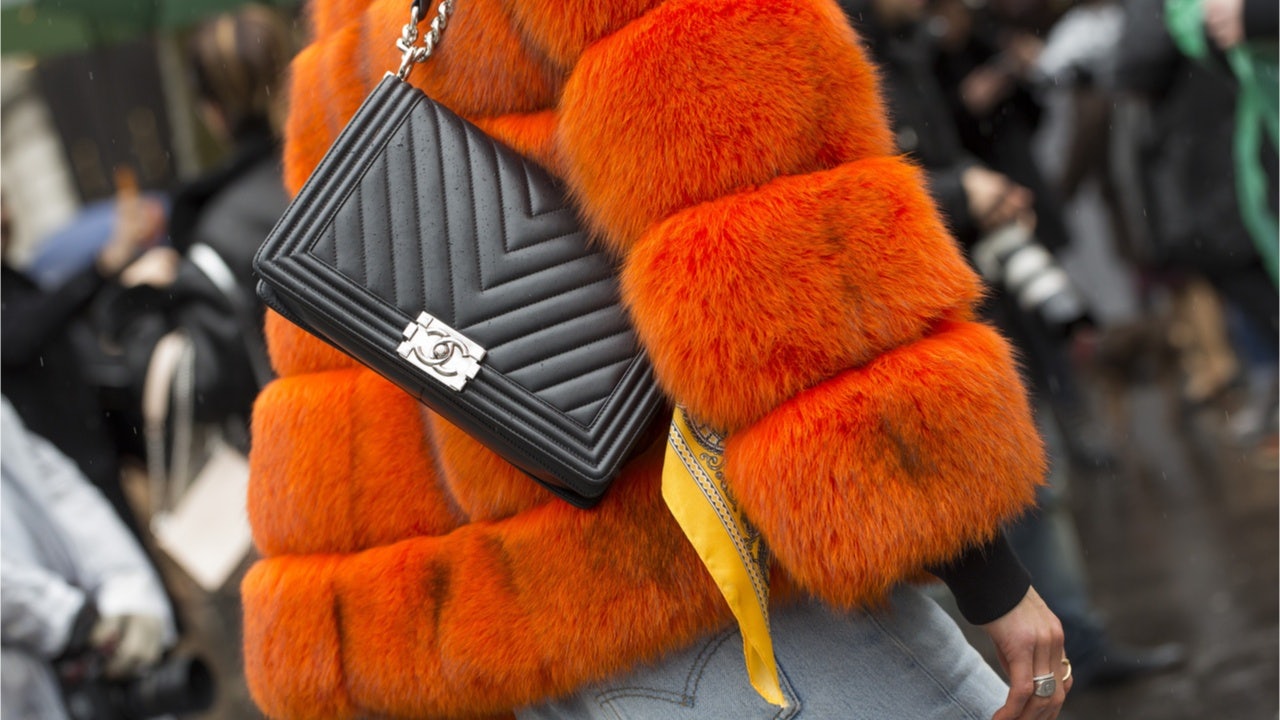Luxury brands should count their blessings. Compared to the fast-moving consumer goods (FMCG) segment, which has been suffering negative, flat, or low single-digit growth rates, the luxury market has been outperforming non-luxury sectors for nearly two decades now, growing at a high single-digit growth rate globally — with China’s growth rate projected to be around an astounding 20% — and by far eclipsing all other areas.
Still, there are some luxury brand executives and managers not toasting their great successes. In China, for example, many Western brands continue to lose money or underperform versus their expectations. It’s an uncomfortable truth that almost no one will openly admit, but behind the scenes, many managers are wracking their brains on how to fix this.
And the struggle goes far beyond China. Except for a few very successful brands, like Chanel, Gucci, Dior, or Louis Vuitton, many luxury brands have not realized their full potential. They are either not growing as fast as their peers, or they lack profitability, or both.
What about your brand? Is your brand developing a more luxurious proposition? If not, one of the biggest hidden dangers that can destroy luxury brands is not telling their story correctly. What does it mean? Luxury brands need to be crystal clear about their core positioning and what makes them different from other brands. And they need to be able to communicate this throughout the customer journey.
In our brand audits, we rarely find a brand that is defined precisely enough. This mistake — brands speaking about themselves without translating this message into a tangible consumer benefit — is a common one. Example: Many luxury brands talk about craftsmanship, experience, design, bespoke and exceptional service. Sounds great, but it’s too vague. Instead, they need to tell their customers what unique value they create specifically for them by the things they do exceptionally well.
In luxury, it’s about them (customer-centricity), not us (internal capabilities). Exceptional craftsmanship only creates value if there is a perceivable distinction between other luxury brands, and if this distinction can be expressed as a value proposition towards the customer. When we help clients to create new brands or sharpen and turnaround existing brands, we always define the brand’s value proposition from the customer perspective. Especially for Millennials and Gen Zers consumers who expect this the most.
To create a value proposition, brands need to provide a rational and an emotional benefit. Both are important and need to be a consistent part of the brand story. Few brands, however, have clarity around their emotional core, their purpose, and the way how they inspire their customers. What I often see is that they express, as their emotional positioning, the creation of dreams. The problem with this is: Unless the dream is explicitly defined, it seldom will create any customer value, and it won’t differentiate the brand. More precision is needed.
As a result, we typically find brands that are talking to themselves about themselves and in an imprecise way, and not differentiating enough from their competitors. Not surprisingly, a Chinese executive of a leading European fashion brand told me recently that, “We all do the same thing. All brands seem to do exactly what everyone else is doing.” Clearly, this is not the path to create a sustainable competitive advantage and it explains why so many luxury brands struggle. Notably, in China, where Millennials and Gen Zers are so brand-obsessed, they expect a clear and meaningful brand story even more than in the Western world. Missing the mark is just another of many possible reasons why so many Western brands can fail in this market.
The next hidden danger luxury brands face is that of losing further precision of the story along the customer journey. There are very few brands that can tell their brand story consistently at each touchpoint. When you think about staying at a hotel, the customer journey is predictable. Few unexpected things happen. This is why so many experiences become a “category experience” instead of a “brand experience.” This destroys value and weakens brands. The emotional experience depends on the quality and training of the sales staff, and it needs to be specific.
Additionally, many brands have insufficient digital tools to support the sales staff with specific customer insights and to create personalized digital customer journeys. A proper digital support infrastructure is no longer optional anymore in today’s world — it’s a must.
When brands get it right, they can create extreme value. This allows them to price for it, and to develop further the luxuriousness in the category in which they play. The value is created through the brand and its story. Products are part of the brand’s value delivery system; they don’t create the added luxury value by themselves. The brand does. This is why it is so dangerous not to tell the story well. The importance of optimizing your brand’s story and its delivery cannot be stressed enough and are significant opportunities and upsides for revenue and profit growth. On the flip side, underestimating the importance of properly telling your brand story in an excellent way has destroyed many brands.
Daniel Langer is CEO of the luxury, lifestyle and consumer brand strategy firm Équité. He consults some of the leading luxury brands in the world, is the author of several luxury management books, a regular keynote speaker, and holds management seminars in Europe, the USA, and Asia. Follow @drlanger

